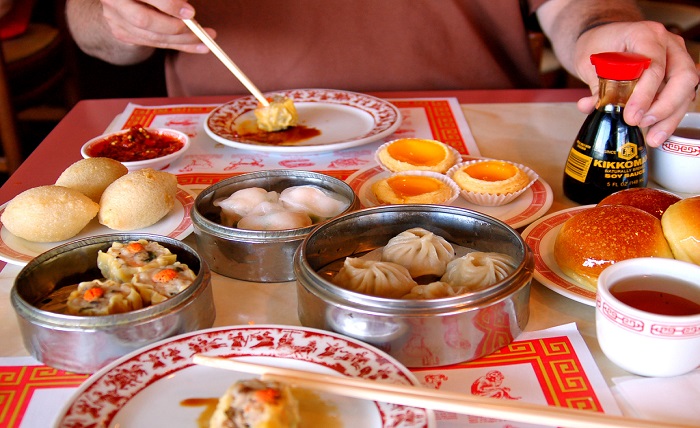Chinese Food in Hong Kong

There are many ways to experience Hong Kong’s distinctive Chinese cuisine. Many of the city’s top restaurants have been around for decades. Spring Moon, for example, is an old-fashioned restaurant that has a long history. Its elderly customers remember dining there when they were kids, and now they treat their grandchildren at the same tables. Other restaurants offer a spectacular design and menu, such as T’ang Court, a Michelin-star restaurant.
Cantonese cuisine is the most predominant cultural group in Hong Kong
Traditional Cantonese cooking is characterized by bold, natural flavors and minimal spices. The dishes also avoid excess grease and emphasize the primary ingredients. Common ingredients in Cantonese dishes include five-spice powder, ginger, Hoisin sauce, and fermented soybean sauce. These ingredients give Cantonese cooking a distinct flavor and are served in shareable portions. The meals are lighter during the summer and heavier during the winter.
Cantonese chefs prefer steaming and boiling methods. They also use baking and braising methods to bring out the natural flavors of their ingredients. In addition to these methods of cooking, Cantonese chefs use artistic touches to enhance their dishes. For example, in Cantonese restaurants, you’ll find dishes with white, crispy skin and ginger-scallion dipping sauce.
Dim sum is a mainstay of Cantonese cuisine. It is served by waiters carting around a steamer basket filled with a variety of different ingredients. These foods range from meat to seafood, vegetables, fruits, and desserts. Dim sum is a tradition for many families in Hong Kong and is a popular choice on weekends and holidays.
It is similar to Guangdong cuisine
The food of Hong Kong is similar to Guangdong cuisine, though there are some key differences. Cantonese cooking uses a variety of ingredients and often relies on the use of sauces. Several types of sauces are used to enhance the flavor of the food. Some common sauces are hoisin, oyster, plum, sweet and sour, and soy. Cantonese also tend to boil soups rather than stir fry.
The Guangdong people place great emphasis on good health, so they focus on soups. They simmer ingredients over the soft fire for hours to bring out their flavor and nutrition. Some of the most popular soups include Winter Melon Soup, Black Chicken Herbal Soup, Lotus Root Soup, and Spare Rib Soup.
Cantonese and Hong Kong Chinese food share much of their culinary history. Since Guangdong was a busy port for many years, it evolved into a unique style that has a variety of influences. This style of cooking is commonly referred to as Cantonese, and it is often the style of Chinese food found outside of mainland China.
Read more about: cbdinfos
It differs from Western Chinese cuisine
Chinese food is a very diverse food culture. The southernmost region of China, Hong Kong, has several regional cuisines that differ from mainland Chinese. These include Cantonese, Shanghainese, and Hong Kong food. While Chinese cuisines in Hong Kong are similar to those found in mainland China, they also differ in color, taste, and smell. This allows the Chinese to differentiate between similar dishes by name.
For the most part, Chinese food is based on rice, although wheat-based products like noodles and steamed buns are common in North China. Soup is often served at the end of a meal. Other traditional Chinese dishes are meat and vegetables. Some dishes are even desserts, and you can find a wide selection in Hong Kong.
Although the majority of Hong Kong’s residents are Cantonese, the city is home to a diverse population of Chinese. In addition to Cantonese, the city’s Chinese population also includes Hakka, Teochew, and Shanghainese. The majority of home meals feature Cantonese-style dishes, though the traditional dishes are often mixed with other Chinese cuisines. Home cooking also relies on rice, which is often a staple of the meal. Ingredients are often picked up at local grocery stores. As the population has grown, supermarkets have also become popular in Hong Kong.
Also read about Choice home warranty




